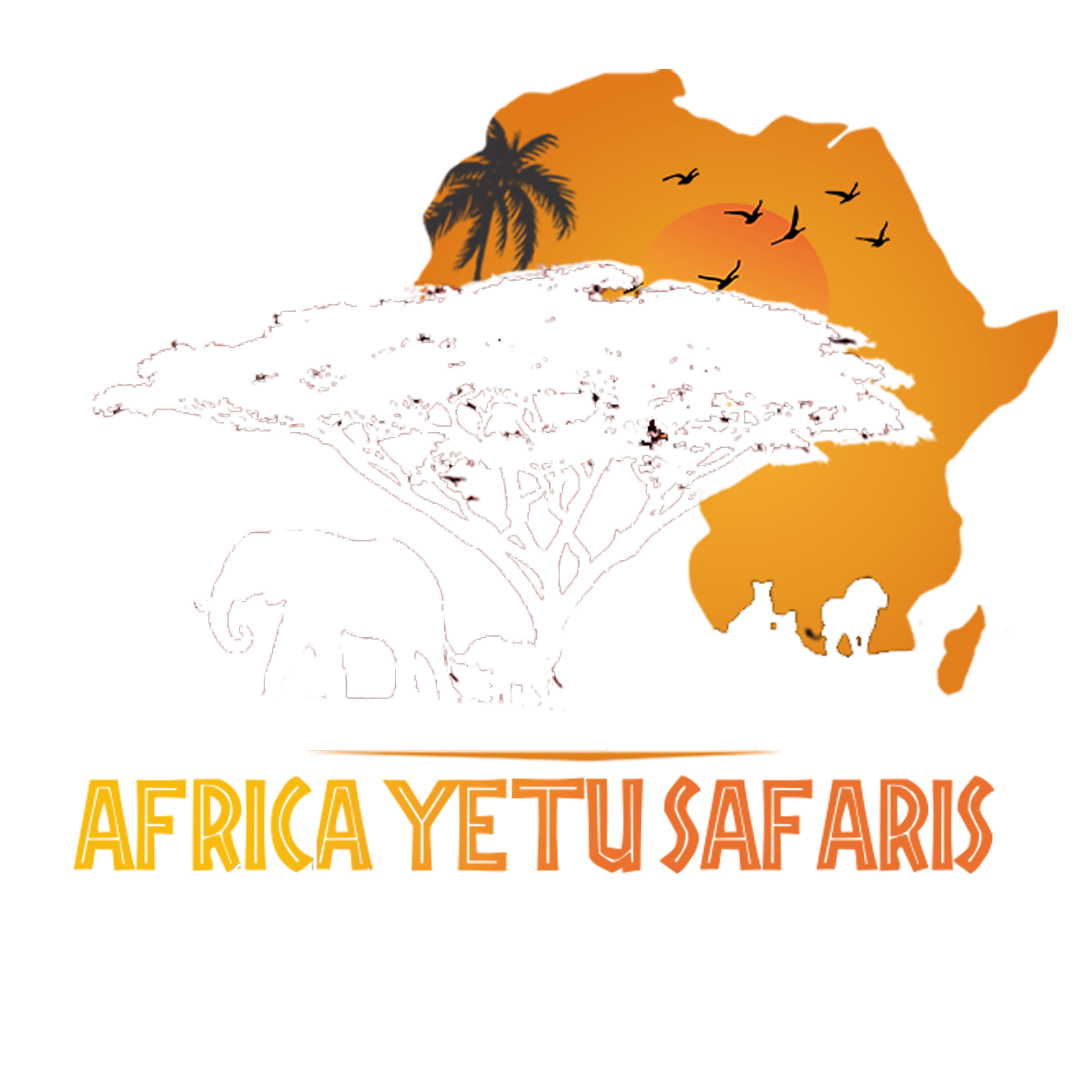
The most awesome wildlife photography experience on Earth? Northern Tanzania is it! Serengeti and the adjacent, and almost equally famous, Ngorongoro Crater are so remarkable that one cannot do justice to this incredible place in words alone. Over two million large mammals live in this immense African wilderness that has miraculously survived, thanks to the remarkable understanding of the people of Tanzania, who despite all the pressures upon them have kept faith with the vision of the park’s founders. These vast herds still circulate across the Serengeti in the same way as they did when Man’s earliest ancestor’s walked these very plains, followed by their attendant carnivores in a cycle of life that has continued unbroken for millions of years. How incredible that we can still say this about any place on Earth at the beginning of the 21st century, when so much of our planet has been changed out of all recognition!
We will explore this amazing part of Tanzania in Landcruisers or Land Rover that have been specially adapted for safari work, and are ideal for photographers with their large roof hatches.
As well as being a fantastic experience in its own right (chatting round the campfire under African skies, quite possibly with Lions roaring in the distance, is something one never forgets!), being on safari in Tanzania is made even more special on our Wild Images photography adventures because we are based in remote yet luxurious or very comfortable safari lodges.
Staying in these fabulous locations, in a comfort one hardly expects in a wilderness area, will get us right in amongst a fabulous selection of large mammals, including such dramatic and highly photogenic subjects as Lion, Leopard and the incomparable Cheetah, never mind a sea of gnus, zebras and gazelles.
If you use a DSLR for wildlife photography you should bring telephotos (and converters) that will (with a full-frame body) cover the range 200-500mm or 600mm or more. You will also find a wide angle lens good for landscape photography. There will be only limited opportunities to use a macro lens. If you bring a good quality bridge camera it will be best if it has an optical zoom of 18-20x or more, combined with a reasonable wide-angle at the other end of the zoom range.
Be sure to bring plenty of spare battery power. Dust is ever-present in Tanzania, so cleaning equipment is important. A beanbag can be very useful here for wildlife photography from the vehicle. If you would like to talk over suitable equipment, please contact our office. We will be happy to advise.
The walking effort during our Tanzania wildlife photography tour is very easy throughout. Walking is restricted to a few specified areas in the national parks/game reserves. This is of little hindrance and indeed we can approach many large birds and mammals far more closely in a vehicle than we could on foot.
Most days in this region of Tanzania will be warm or hot, dry and sunny, but overcast conditions are fairly frequent and there may well be some rain. At higher altitudes temperatures are cool to warm.
Here at Africa yetu safaris, We help our clients/visitors to the archive their dream safaris.

Arusha, Tanzania